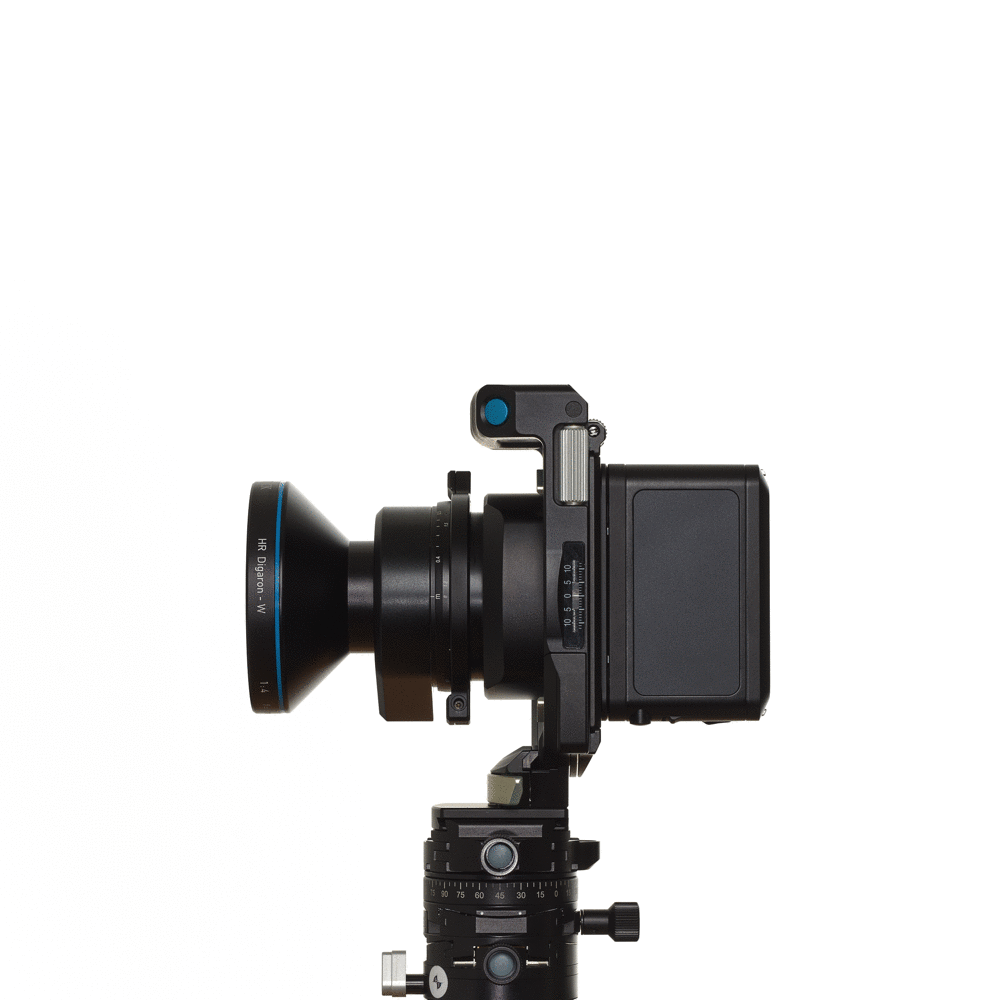Uncategorized
Phase One’s X-Shutter. The Copal of the 21st Century
Many people who use a field/view/tech camera do not use flash. For them, flash sync is entirely irrelevant. But for those shooting architecture/interiors/product/still-life flash sync speed is often very important. The faster your flash sync speed the more flexibility you have to balance the amount of ambient light and strobe light in the image.
For example, in an architectural interior with large windows you may find the bright sunlight streaming through the windows creates too harsh of contrast; one strategy to deal with that harsh contrast is to supplement the ambient light with strobe. You do so by changing to a faster shutter speed so that the ambient light is not fully exposing the scene, and then adding a strobe to fill in the shadows and decrease the contrast of the scene. For years the go to method for this was a Copal shutter in the lens; Copal shutters had a flash sync speed of 1/500 second which is much faster than the focal plane shutter found in small-format cameras. At a high aperture number like f/11 or f/16, a flash sync speed of 1/500 meant that you had a lot of flexibility to “knock down” ambient light to be as much or as little of the total light in the image as you desired.
Unfortunately copal shutters have gone the way of the Tape Player or Floppy Disk; not available new anymore, increasingly hard to repair, and very rarely in mint condition when found used. Other manufacturers tried to fill the gap left behind by Copal shutters, but they all had a significant limitation: because they were electronic but not integrated into the rest of the system they required additional cables, a separate controller, and a separate power supply or battery, and even then they did not provide metadata such as lens model/length/aperture to the raw file. Another workaround was using the Sensor-Based Electronic Shutter in all Phase One backs starting in the IQ3 100mp and later. This too limited the metadata the lens passed, did not provide aperture control from the back or software; it also had a severely limited flash sync speed – 0.3 seconds fastest sync for the IQ4 and 0.6 seconds fastest sync for the IQ3. That is, flash CAN be used with Sensor-Based Electronic Shutter, but only at relatively slow/long shutter speeds. This works well for dim interiors, and for shooting in a studio with the modeling lights off (or turned far down), but does not work well when trying to balance strobe with daylight or bright modeling lights. Thankfully, Phase One has now solved this problem definitively for their users of field/view/tech cameras. The IQ4 Infinity Platform now includes the X-Shutter, a drop-in replacement for Copal Shutters with all the advantages of the Copal shutter and non of the disadvantages. The X-Shutter:
- Has a 1/1000 flash sync speed, making it even more flexible than a Copal Shutter (which was already quite flexible in this regard)
- Has a durability rating of one million actuations, meaning it will last far longer than a Copal Shutter and can be counted on as a workhorse for many years to come
- Provides full electronic integration with the infinity platform, meaning you can set the aperture and shutter speed of the lens from the back or from Capture One
- Provides full metadata integration so the raw file records the lens model, serial number, aperture, and shutter speed
- Draws its electrical power from the IQ4, meaning no additional battery or power source is required
The X-Shutter is immediately available for lenses on the XT platform, where the body itself passes all power and integration, meaning zero additional cables are needed. In mid-2020 the X-Shutter will become available to lens manufacturers to integrate into their lenses, meaning they will become available on any brand, make, or model of field/view/tech cameras.
For decades the Copal Shutter was the standard bearer for flash sync. It was a system that survived many generations of equipment and lenses and could be counted on by a variety of photographers. Then for years the Copal shutter was flagging, with no real replacement in sight; all candidate replacements had very significant limitations. The arrival of the X-Shutter heralds in a new era. We expect it will be the Copal of the 21st century; reliable, ubiquitous, and long lasting with the added modern benefits that a digital platform provides. All hail the new king of shutters. Huzzah!

